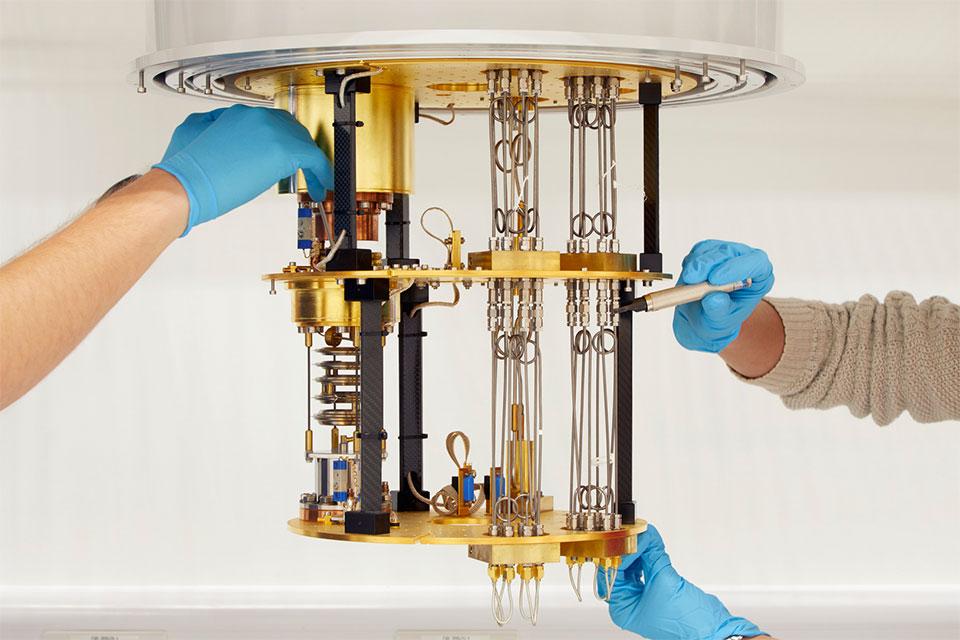20 Jan 2022
Seminars and colloquia
Time
Venue
First Floor Audrey Wood Meeting Room
Martin Wood Complex, Department of Physics, University of Oxford, Parks Road, Oxford, OX1 3PU
Martin Wood Complex, Department of Physics, University of Oxford, Parks Road, Oxford, OX1 3PU
Speaker(s)
Prof Robert Hoye, Imperial London
Simpkins Lee room/Zoom
Seminar series
CMP seminar
Knowledge of physics?
Yes, knowledge of physics required
For more information contact
Maud Schmitt

